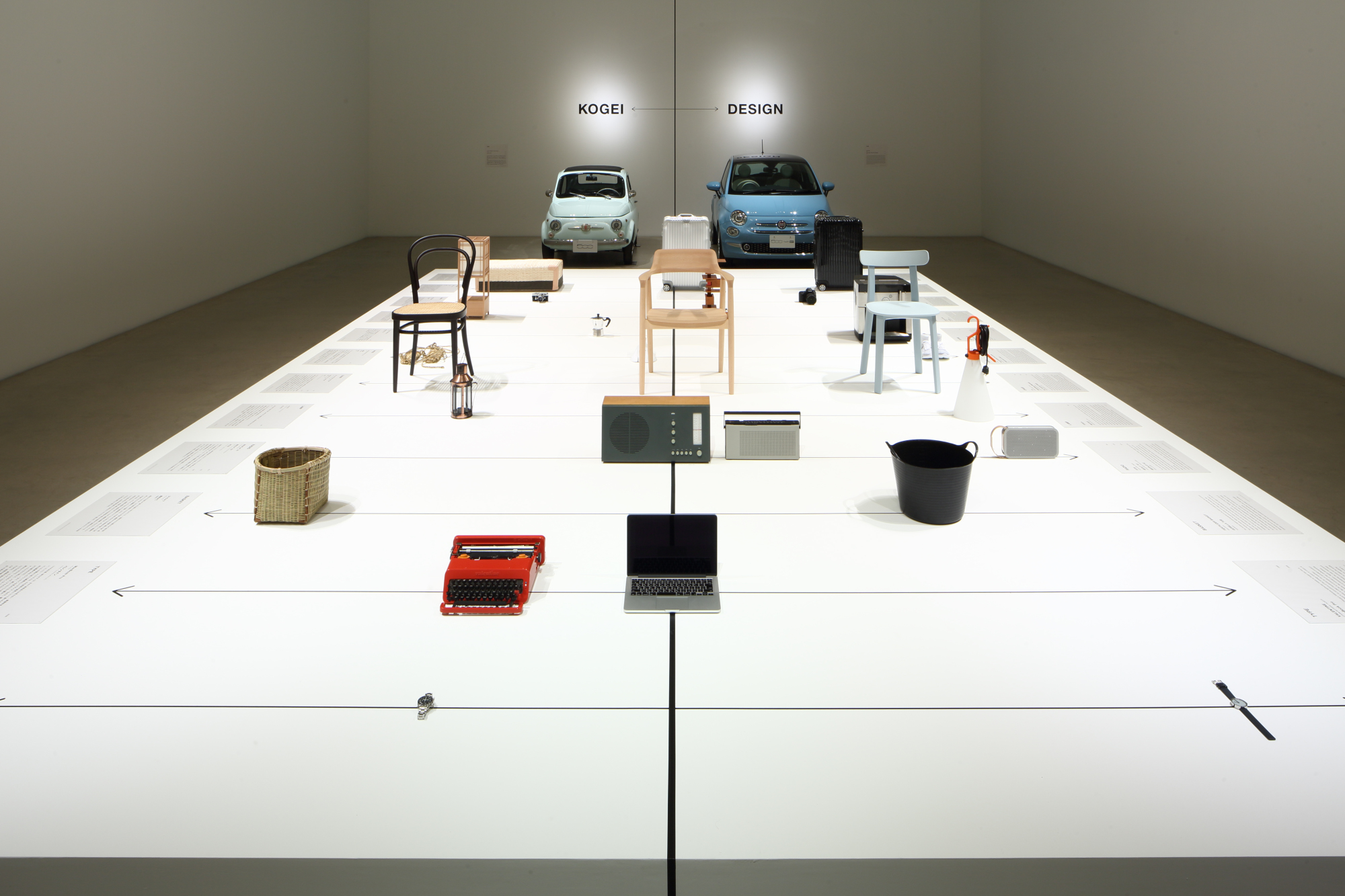Naoto Fukasawa is probably best known internationally for his designs for Muji, in particular for the wall-mounted CD player he created in 1999, which was featured in Gary Hustwit's popular 2009 documentary "Objectified." Now he remains a creative adviser for Muji, while still designing interiors, lighting and electrical objects for various international clients, including Artemide and Herman Miller / Geiger.
Though his philosophy — which focuses on observing the unconscious behavior of people and an appreciation of the "super normal" — has produced modern minimalist works that have won places in major museum collections (his Muji CD Player, Plus Minus Zero humidifier, and au/KDDI Infobar and Neon mobile phones, can be found in the New York Museum of Modern Art), it is basic human needs and traditional crafts that inspire the product designer. The experience of building his own weekend cabin from scratch in the forested mountains of Yamanashi Prefecture, he says, gave him a new perspective of design.
In 2012, Fukasawa was appointed as director of the Japanese Folk Crafts Museum in Tokyo, which made him even more of an ideal choice for Yuji Akimoto, the director of the 21st Century Museum of Contemporary Art, Kanazawa, to invite him to plan the current "The Boundary Between Kogei and Design" exhibition. The show, which explores the relationship between contemporary design and kogei (crafts), aims to encourage visitors to appreciate how ambiguous the line between the two fields really is.

















With your current subscription plan you can comment on stories. However, before writing your first comment, please create a display name in the Profile section of your subscriber account page.